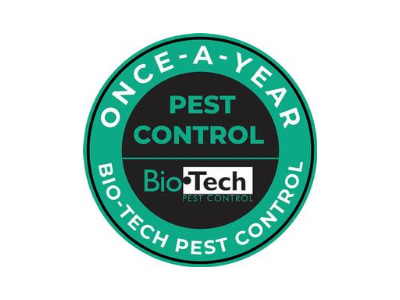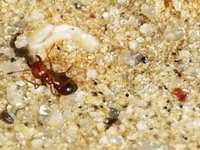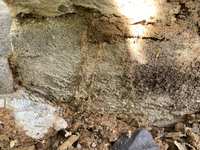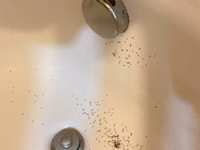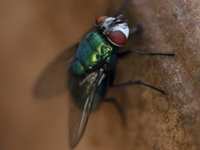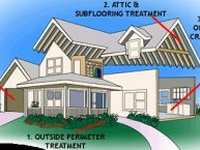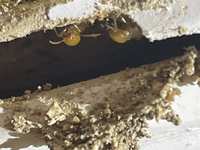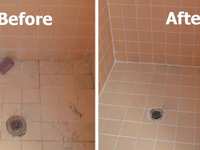- Categories :
- More
Looking for Termites
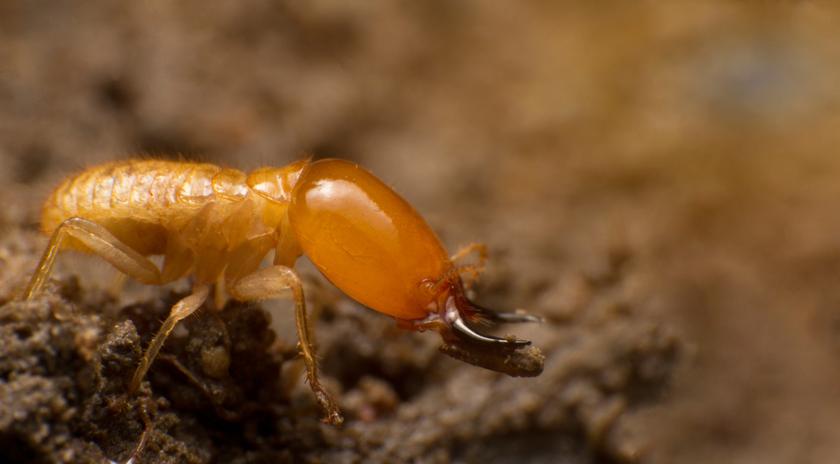
Looking for termites is never fun. The alternative to looking for termites though can lead to structural damage and costly repairs if termites have been slowly building up their nest at the expense of your home.
Termites eat wood from the inside out to build their colonies. You might not even be aware you have a termite infestation until there is significant structural damage. When looking for termites in our part of Texas, our warm and humid climate can provide optimum termite conditions. This can mean it’s not a matter of if you get termites, but when.
Looking for termites, signs of termite activity or even conducive conditions should be on your annual home maintenance to-do list.
At the end of winter, a good time to start looking for termites is when temperatures get close to the 80+ degree mark. Warm rains may even trigger a termite colony to swarm. You might see swarming termites outdoors, sometimes indoors. You might even see just the wings dropped around windowsills even if you are not looking for termites.
Termites are focused. You should be too when looking for termites. Termites will relentlessly seek out wood sources to feed and grow their colony. They are looking for cellulose, which is the organic fiber found in dead wood and plant matter. They will even eat the cellulose-based material in drywall, paper and plastic. Termites never stop to rest. They eat 24/7 so termite control should be constant as well.
When looking for termites, check the foundation well. Foundation cracks as small as 1/64” in width can allow termites entry into your home. It’s not enough to just treat around your home. Colony elimination should be the goal to keep termites off your property and away from your home. A single colony can have millions of termites and spread across a half an acre.
When looking for termites, check around window frames or even door jams. Look for small mud tubes here or around the perimeter foundation of home. Worker termites are light, or white in color and remain in these tubes traveling back and forth to the colony and will avoid light and dry air. The termite swarmers however are black bodied with wings. The untrained eye might confuse termite tubes with the mud daubers nest, so it is a good idea to have a pest professional inspect for insect identification.
Aside from active swarmers, when looking for termites you will want to look for mud tubes that may be found on your home, deck, fence or other wood structures. The mud tubes allow termites to travel back and forth between their food source and the colony. When looking for termites, should you find possible mud tubes on your home, leaving them intact for a pest professional to inspect can help with identification as well as assessing if this is an active or previous termite infestation.
While finding active termites in the yard won’t necessarily mean you have them on you home, it’s still a good idea to have a pest professional do a thorough inspection of the perimeter to provide an assessment of the situation so you can take an educated course of action.
You should have a professional Pest Control Operator out annually for the following:
- Identify the type of pest swarming around your property
- Inspect the foundation of your home for termite tunneling
- Check for conducive conditions that may encourage current or future termite infestations in or around your property
- Recommend corrective or preventative treatment options
Taking a pro-active approach can be done any time of year to protect your home from termites.
Call your professional Bio-Tech Pest Control inspector for a complimentary termite inspection. If you have more questions on Termite Control or would like to arrange for a termite inspection, contact us at 936-249-0917.

